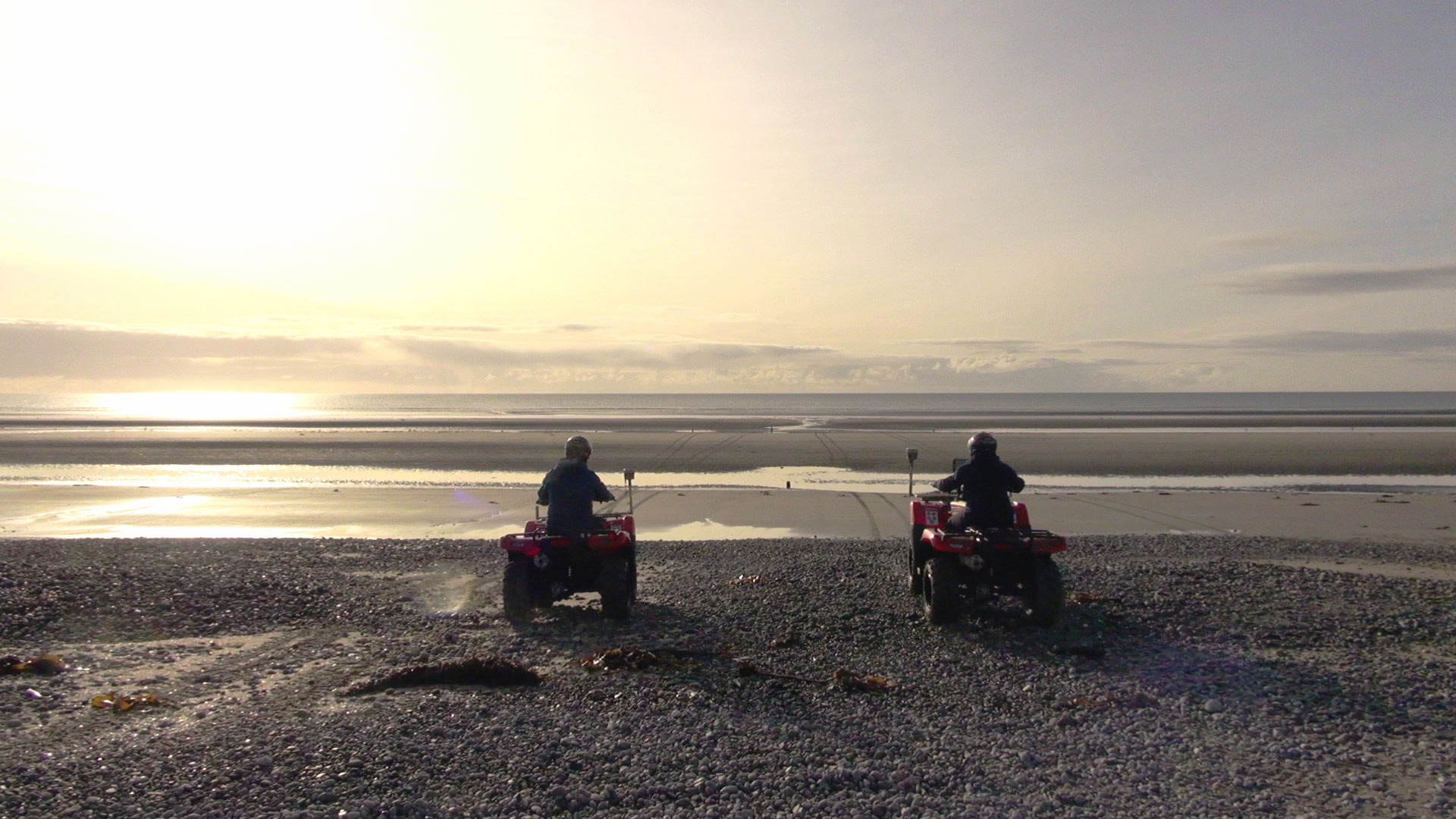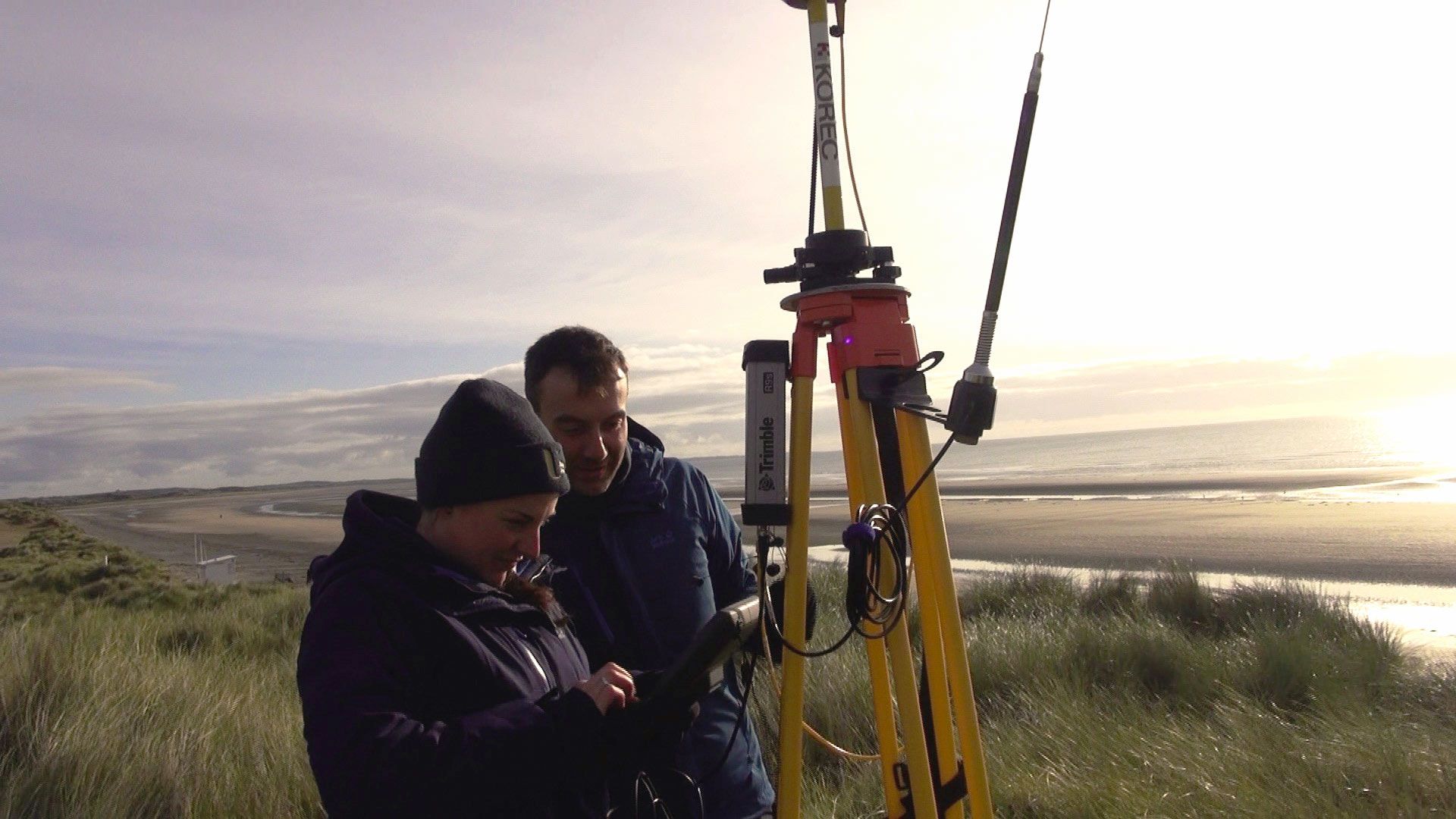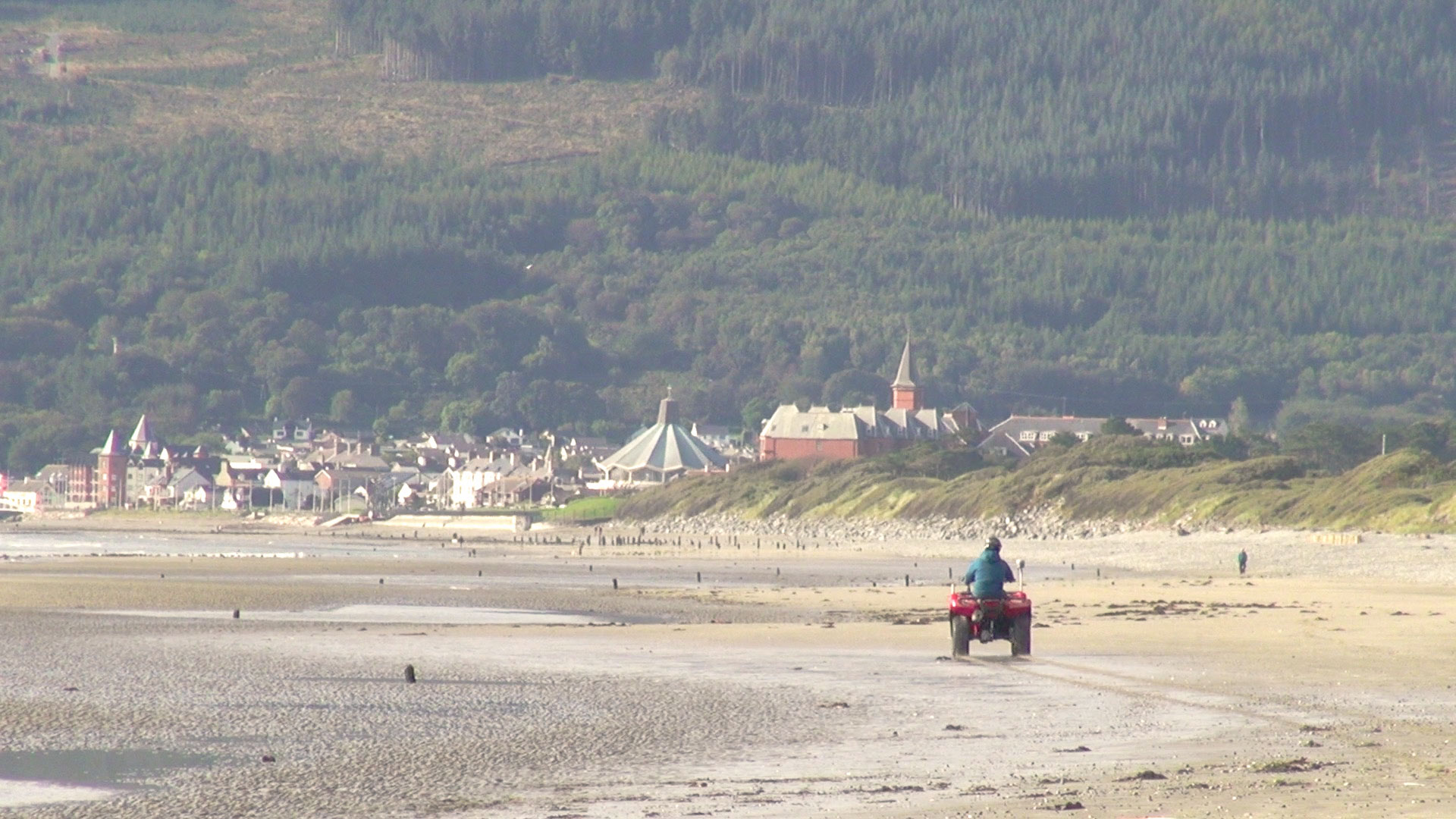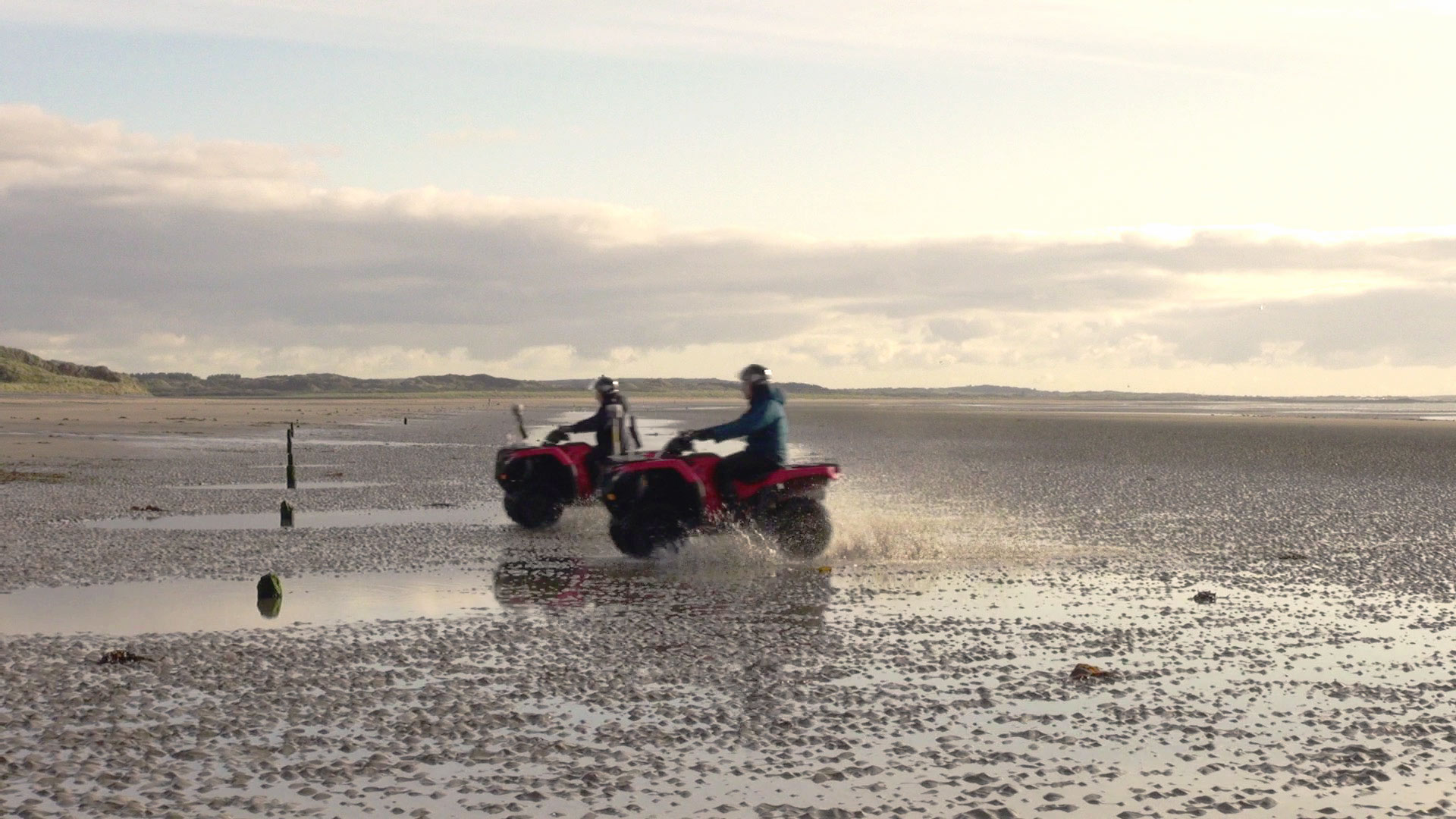Background
Species and habitats require specific environmental conditions, such as a certain substratum to live on. When we protect areas of the sea for the benefit of a species or habitat, we need to consider how much these environmental conditions may be changing. Particularly changeable are coastal environments such as beaches, which are affected for example by ocean currents, weather and climate.
MarPAMM contribution
To explore how and why shorelines, especially those made up of sands and muds, change over time, MarPAMM explores the coastal processes that operate within the wider Murlough Special Area of Conservation (SAC) in Northern Ireland.
To gain the most complete understanding of the longer-term changes in the area, MarPAMM collates and analyses existing information on the study area from historical sources. MarPAMM also measures the three-dimensional features of the intertidal beaches of Murlough and how they change from month to month.
We use this understanding to build a computer model of the bathymetry and hydrodynamics to explore how Murlough SAC is likely to respond to a range of predicted climate and sea level changes.
We will also use our model, combined with elevation maps and longer term sea level rise predictions to investigate the flooding potential in the area, important for planners interested in the extent of coastal flooding and erosion in the future.
This work package is led by Ulster University with contribution from the Agri-Food and Biosciences Institute.
Scientists study coastal erosion at Murlough beach
Two centuries of shoreline evolution and storm events in Dundrum Bay, Northern Ireland.





